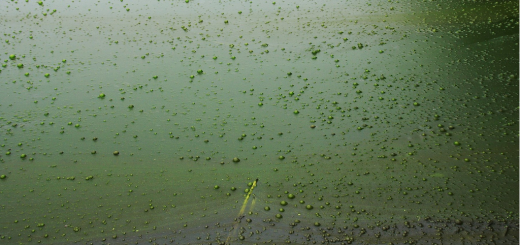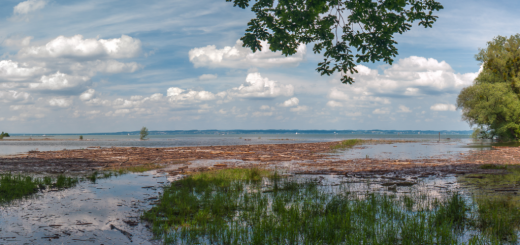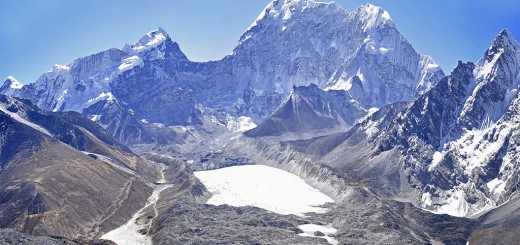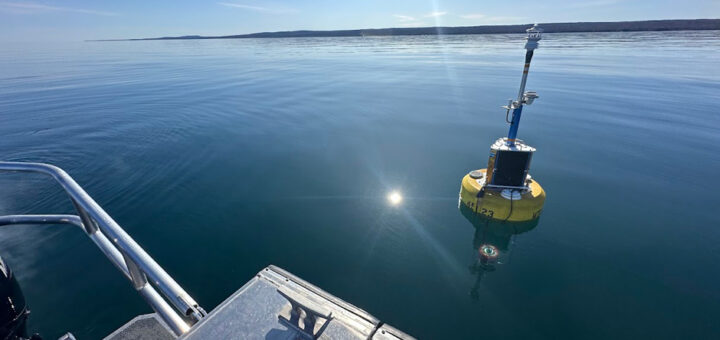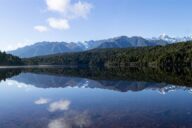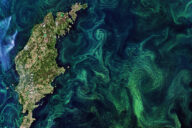Research Summary: Dark Carbon Fixation In Lake Sediments
0Abstract
Close to redox boundaries, dark carbon fixation by chemoautotrophic bacteria may be a large contributor to overall carbon fixation. Still, little is known about the relative importance of this process in lake systems, in spite the potentially high chemoautotrophic potential of lake sediments. We compared rates of dark carbon fixation, bacterial production and oxygen consumption in sediments from four Swedish boreal and seven tropical Brazilian lakes. Rates were highly variable and dark carbon fixation amounted up to 80% of the total heterotrophic bacterial production. The results indicate that non-photosynthetic carbon fixation can represent a substantial contribution to bacterial biomass production, especially in sediments with low organic matter content.
Introduction
The incorporation of inorganic carbon into organic matter, i.e. carbon fixation, is one of the essential functions in ecosystems. In addition to photosynthetic incorporation, chemoautotrophic organisms incorporate inorganic carbon to varying extents [1], [2], representing an autochthonous source of organic matter [3]. In deep ocean regions, chemosynthesis, and not the photosynthesis, is admittedly the main reduced carbon source [4], with chemosynthetic bacteria recognized as base of these ecosystems food webs [5]. The importance of chemosynthesis to trophic webs has been also reported to freshwater ecosystems by recent studies, pointing C-1 compounds (especially methane) as important carbon and energy vectors [6], [7].
Chemoautotrophic microbes require the simultaneous presence of oxidized and reduced compounds that will react and liberate energy needed to support inorganic carbon fixation in the absence of light (dark carbon fixation; DCF). Therefore, the most extensive rates of DCF are expected at interfaces between aerobic and anaerobic zones [8]. According to Detmer et al. [9], DCF at a marine pelagic redoxcline can reach up to 30% of the surface primary production. High DCF rates have also been reported at other marine redoxclines [10], [11]. From the 90′s on, chemosynthetic activity has been reported in fresh water ecosystems: Lake Cadagno (Switzerland), Lake Ciso (Spain), Lake Mekkojarvi (Finland), Lake Kinneret (Israel) among others [12]–[15]. In lake water columns, DCF has been reported to contribute from 0.3 to approximately 50% of the total CO2 fixation on a whole lake basis, with contributions >10% primarily in sulfide rich lakes [16].
Sediment-water interfaces of lakes and coastal environments offer sites of intense organic matter deposition and degradation [17], [18]. Biogeochemical activity is high and oxygen can be depleted in the upper few millimeters of the sediments, creating a steep chemical gradient that provides a microenvironment with high chemoautotrophic potential [19]. Processes of ammonium, sulfur and methane oxidation are examples of some redox reactions associated with chemosynthesis in lake sediments [16]. Some chemosynthetic processes can reach rates up to three orders of magnitude higher in the sediment than in the water column [20], and recent studies highlights the idea that chemosynthetic production could represent a paradigm shift in how we view production in fresh water ecosystems [21].
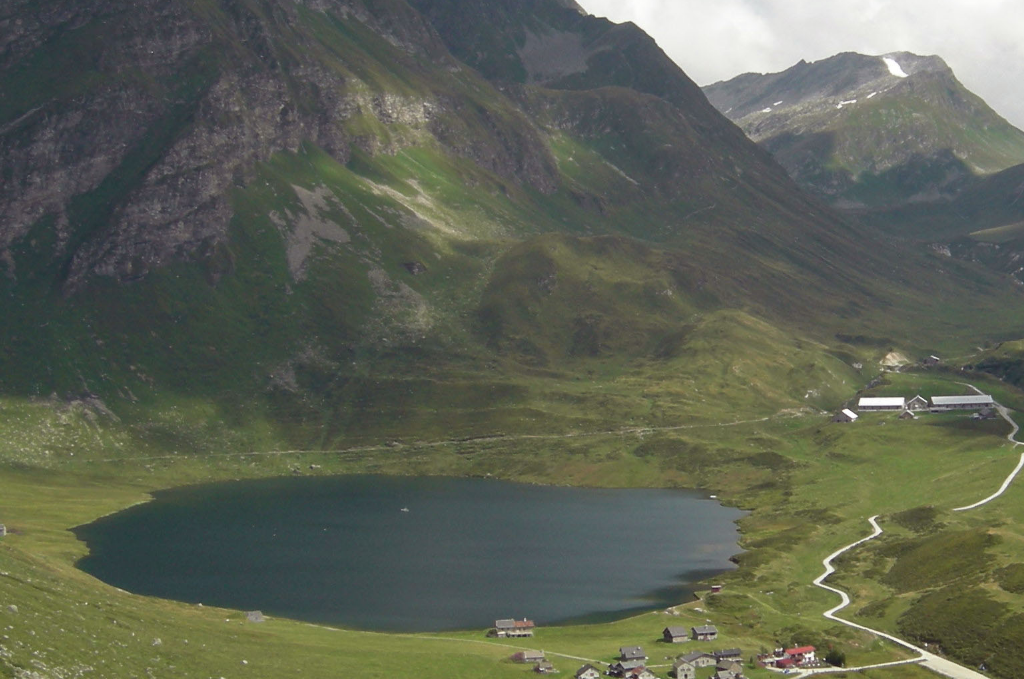
Lake Cadagno in Switzerland. (Credit: Wikimedia Commons User HaLu via Creative Commons 3.0)
Recent literature emphasizes the relative importance of specific sediment chemosynthetic processes as energy sources for the food web [6], [22]–[25], [7]. Some studies suggest that the carbon flux from chemosynthetic activity may be more important in promoting lake food webs than expected. However, the quantitative role of bacterial chemoautotrophic activity and the importance of DCF in relation to sediment C cycling lake sediments are still unknown. The classic sediment-water interface carbon cycling considers the microbial oxidation of organic matter and the incorporation of dissolved organic carbon (DOC) into bacterial biomass via secondary production [26]. If sediment DCF is extensive it may be an important, but currently underestimated, source of biomass carbon to benthic food webs. One way to address the relative importance of DCF is to compare the rates with other metabolic processes in the sediment.
Temperature and organic matter quality and origin are important drivers of sediment bacterial metabolism and biomass [27], [28]. Bacterial metabolism in boreal lake sediments is constrained by low temperatures and by the recalcitrant nature of the dominant organic carbon, resulting in sediments being an effective sink of organic carbon [29]. Yet, tropical lakes, like most other lakes, show frequent CO2 supersaturation [30] and support intense metabolism [31], enhanced by their warm temperatures [32] and the high production of the tropical forests and grasslands in their watersheds [33].
In this study we compared sediment DCF, bacterial production (BP), and oxygen consumption (SOC) rates from boreal lakes in Sweden and tropical lakes in Brazil. We demonstrate that DCF rates can be relatively high and can represent an important contribution to bacterial biomass production, especially in sediments with low organic matter content. Tropical lake sediments have a much higher variability in all measured processes and present lower DCF and higher BP and SOC rates than boreal sediments.
Full study, including methods, results and discussion, published under open-access license in PLOS ONE.




